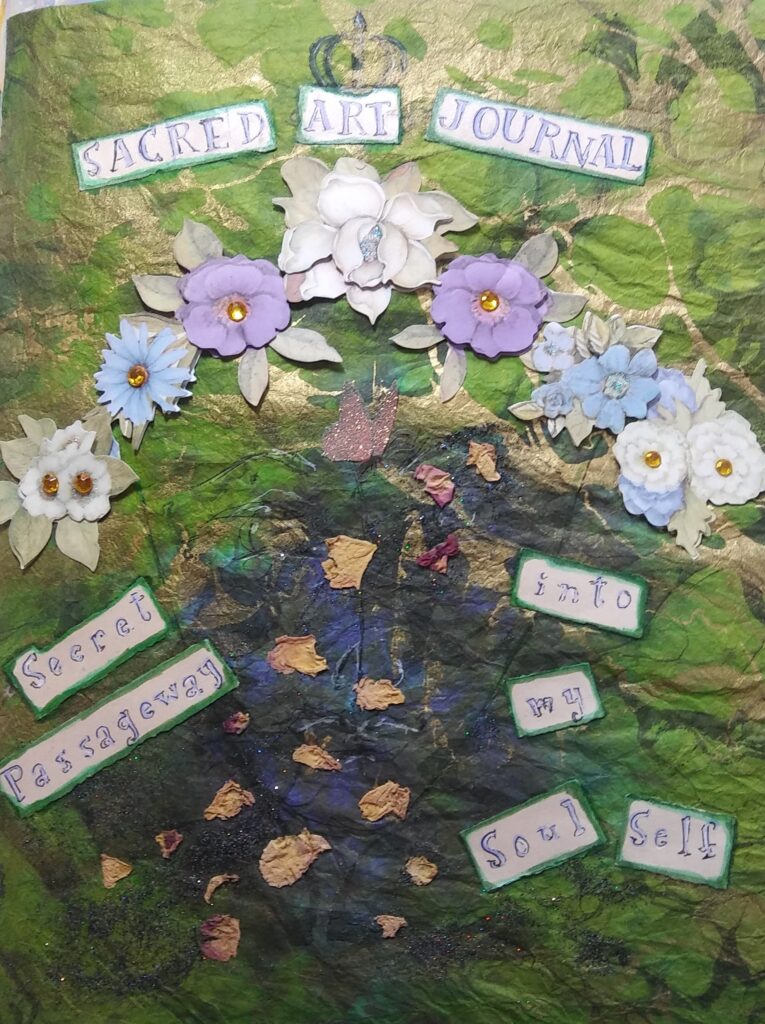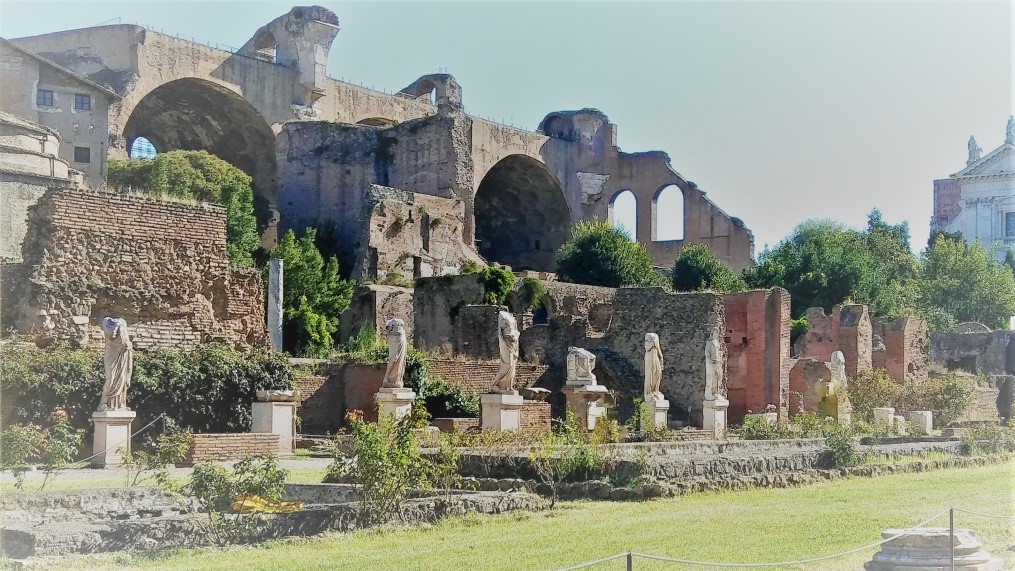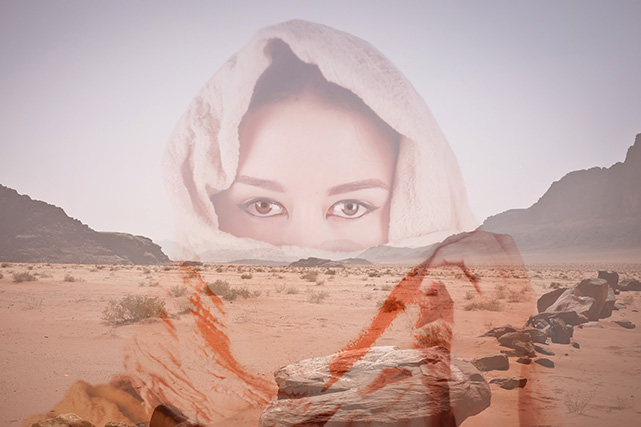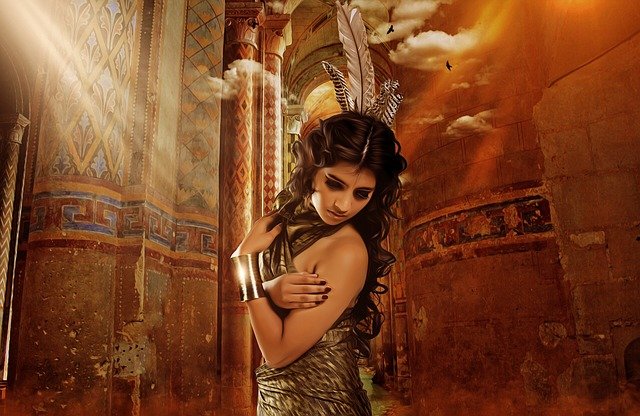What was it like to be a priestess in the ancient Goddess-centered religions?
What was the relationship between the high priestess and Goddess really like?
Throughout my years of studying and teaching the world’s religions and the roles of women within them, thoughts of this have intrigued and haunted me. As I ambled through ancient temple complexes in Crete, witnessing the orientation of the high-priestess’s thrones and rooms toward the Sacred Mother mountain and stellar configurations, I could not help but wonder how she communicated with the Great Mother and what the actual character of their relationship was like.
Did they share a mutual understanding and love?
Did the high priestess live in dread of displeasing the Goddess?
How did their relationship affect the other citizens of their civilization?
How did this affect the history of culture and eventually the whole world?
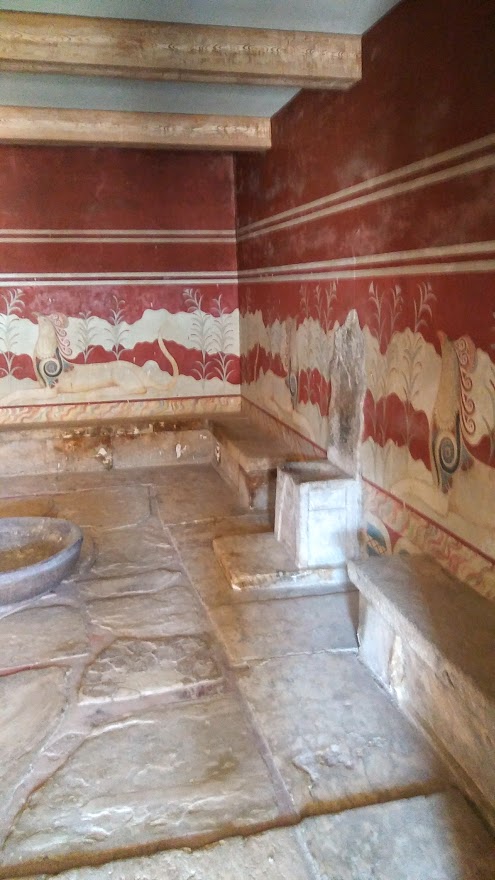
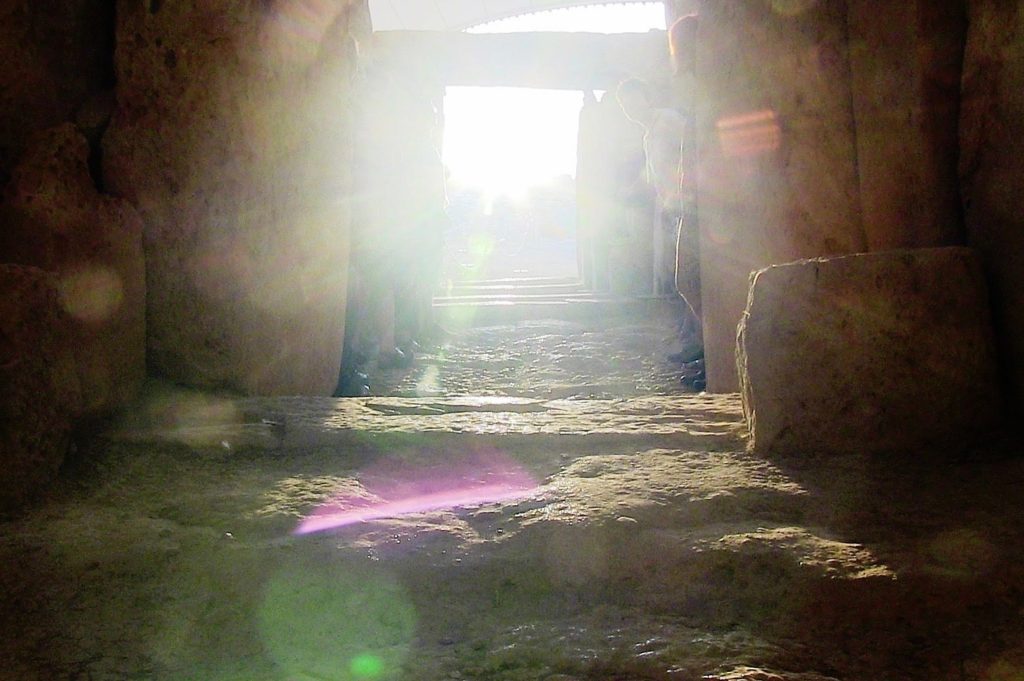
As I watched the dawn of the Autumn equinox light the altar deep within the womb of the ancient Goddess Mnajdra temple on the banks of the beautiful Mediterranean Sea in Malta, my heart was filled with hope and wonder.
Did the high priestess once preside at the altar and officiate these rituals?
How did it feel to be the conduit between the powerful Goddess of nature and the people who lived within and beyond the temple complexes?
What was that responsibility really like?
When the high priestess prayed to the Goddess, what did she say?
Would the true priestess-goddess relationship of the ancient world be a positive and healing model for women's spiritual expression today?
Within the bounds of the recent world pandemic, I have been researching and writing a historical fiction book about the relationship between the ancient high priestess-queen of Crete and Asasara – one of the holy names for the Goddess of that culture. I have learned some amazing things, but given the dearth of information about ancient Crete that we can decipher, I have found more questions than answers:
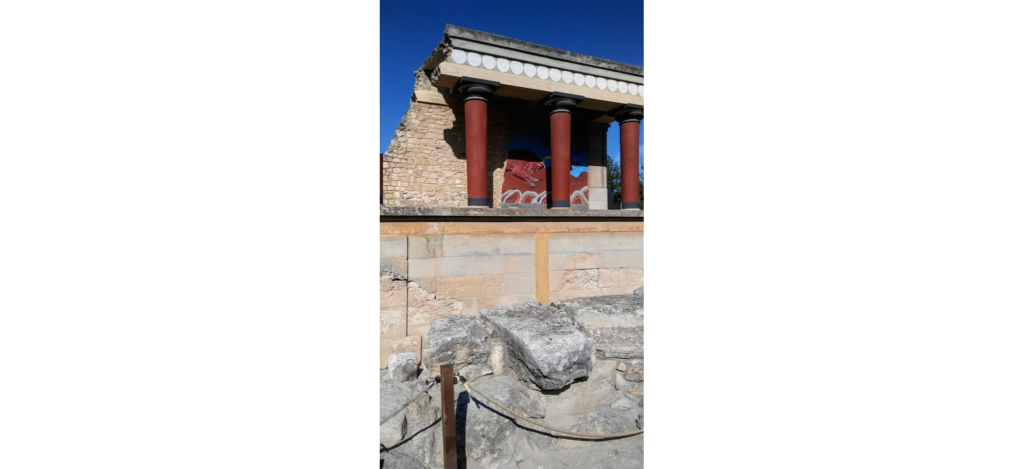
Did the Goddess of Ancient Crete require that the high priestess-queen perform an annual sacred marriage ritual with a designated priest-king?
If so, how was he selected?
How did the Goddess come to inhabit the body of the high priestess-queen for the consummation of the sacred marriage?
Was the priest-king sacrificed after the sexual “sacred marriage” sexual encounter, as some ancient texts seem to infer?
How did the high-priestess queen actually feel about all of this?
What happened if she was impregnated by this union?
What happened if she was not?
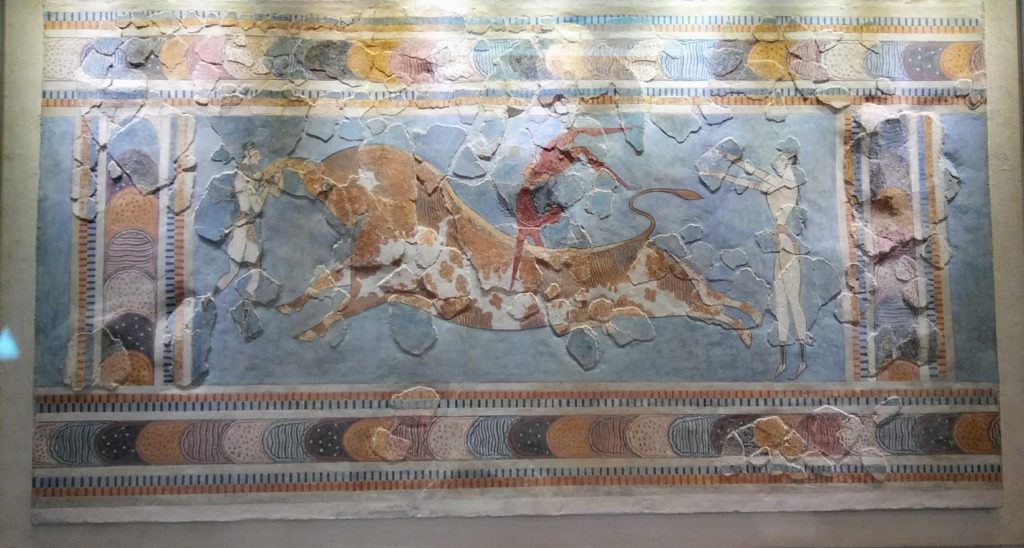
Much about this culture can be inferred from the rich cache of ancient art that has recovered from this time in history. At the turn of the 20th century, Sir Author Evans excavated the temple complex at Knossos and unearthed a treasure trove of murals, pottery, jewelry, and other artifacts embellished with symbols that give us a rare glimpse into the religious values and rites expressed by the ancient Cretans (which Evans erroneously dubbed “Minoans,” because he related it to the mythology surrounding King Minos). However, temple remains date farther back than this mythological tradition, with evidence that this area was inhabited since the Neolithic period.
A series of palaces were built one over the other, probably because of earthquakes, but in all, we have stunning evidence of an advanced civilization focused on ancient traditional Goddess worship form about 2600 to 1400 BCE.
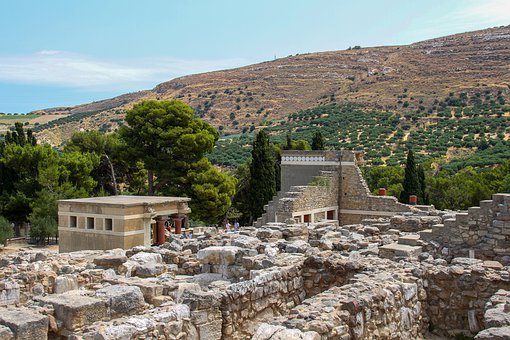

The charming and elegant works of art are filled with symbols and motifs often found in other early Priestess – Goddess centered civilizations and include spirals, discs, eight-pointed stars and flowers with eight petals, sacred knots, snakes, bulls, birds, bees, and griffins. What do each of these motifs tell us about the goddess-priestess relationship within this and other ancient cultures?
New advances in interpreting the writing (Linear A) of this ancient civilization are finally being made, and hopefully we will be able to decipher enough ancient clay tablets to be able to answer some of these questions. However, until that might happens, we must look elsewhere for clues.
Remarkably, we do have record of some of the early hymns and prayers of a High Priestess from Ancient Mesopotamia to the Goddess, Inanna. Within the past century, linguists have learned to decipher Ancient Near Eastern cuneiform texts. Among them were the Hymns and poems written to the Ancient Sumerian Goddess Inanna, by her high priestess, Enheduanna.
Enheduanna would have predated my Cretan high priestess by about 600 years. We can date her service and authorship, because she wrote that she was the daughter of King Sargon, whose rule is well documented. She would have lived about 2300 BCE. Her world was different from my Cretan high-priestess’s world, because Sumeria had overtaken by patriarchal cultural and religious systems by the time she wrote her sacred invocations, and was still in the throes of war. Though the Sumerian pantheon had become ruled by male gods, she seems to have been successful as establishing herself as High Priestess and reasserting Inanna as the principle deity of birth, death, and regeneration.
This was not the case for my High-Priestess of Crete, who would have lived and served Asasara during the Neopalatial Period (about 1650 BCE). There is no evidence of war at this time nor of attempts to surround their temple complexes with fortifications against invaders. In all, this was a civilization that was probably based in a matriarchal social system, in which the Goddess-Priestess relationship dominated the culture, and men and women lived together in peace, sharing daily and seasonal responsibilities for the welfare of the community.
Though this would create huge differences in the roles and functions of my Cretan High Priestess and Enheduanna of Sumeria, they do share much in common otherwise. The symbols pervading her hymns to Inanna, as well as other ancient texts show that many of the religious motifs stressed and repeated mirror those we see in the art of ancient Crete. So what can we learn about the Goddess-Priestess relationship from the prayers and supplications of Enheduanna? I will explore this in detail in my next blog in this series.
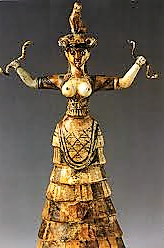
So please join me as I embark on this journey of researching what the true nature of the relationship between the ancient Goddess, Asasara, and the Snake Priestess-Queen of Crete.
Facebook
Twitter

